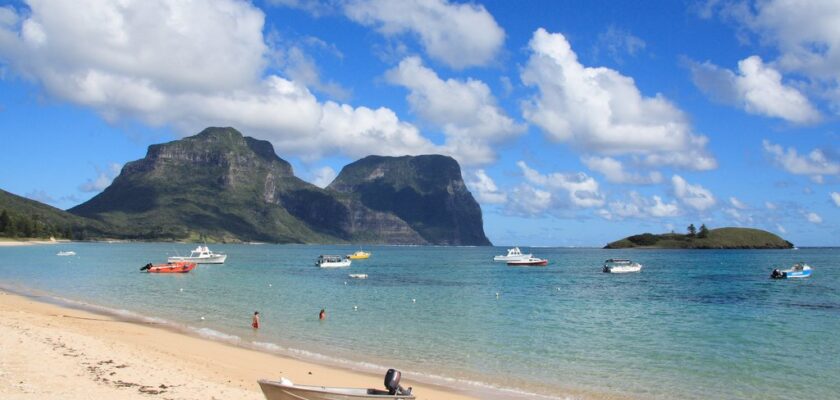Lord Howe Island
Lord Howe is a unique volcanic island in the Tasman Sea, shaped like a boomerang, stretching north-south for 10 km and about 2 km wide. It is one of the oldest volcanic islands in the Pacific Ocean and is about 20 million years old. In fact, Lord Howe was created by the merger of two volcanic islands: its northern and southern parts are volcanic in origin, while the central part is composed of sedimented coral sand.
To the southeast of Lord Howe is the amazing island of Balls Pyramid, which is under its administrative jurisdiction.
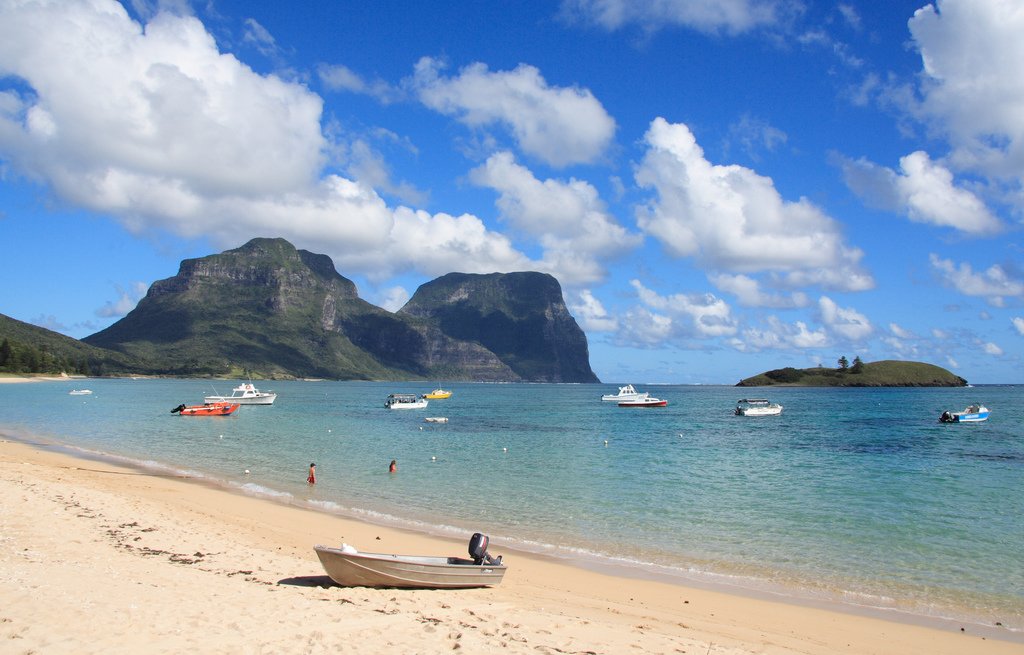
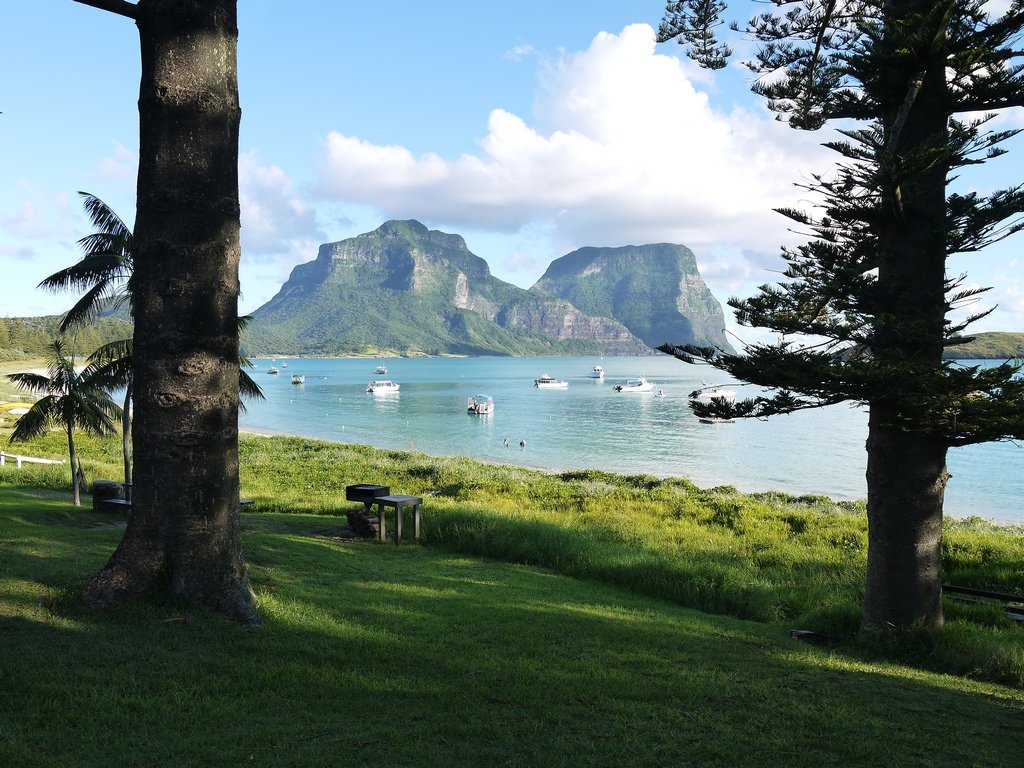
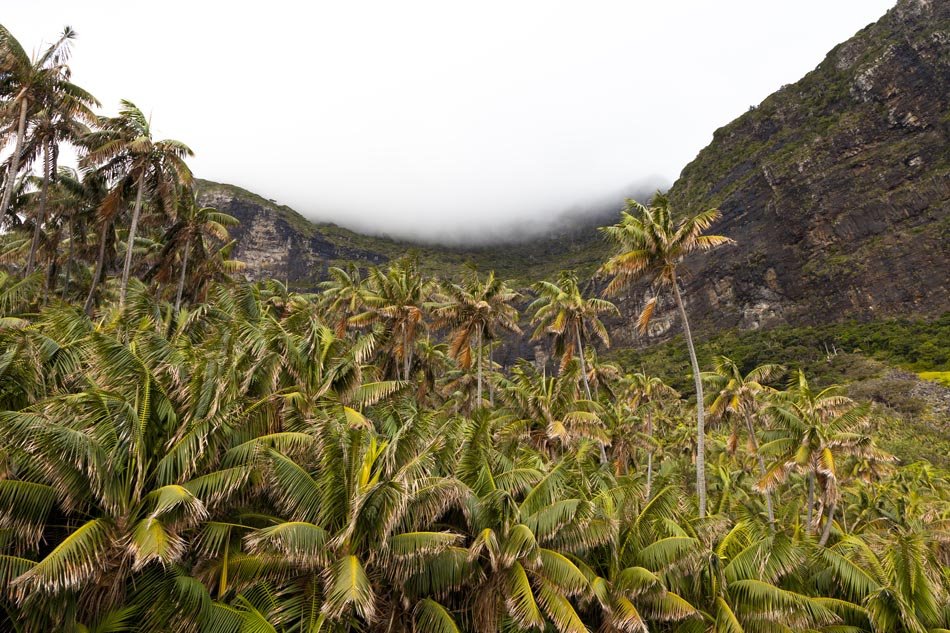
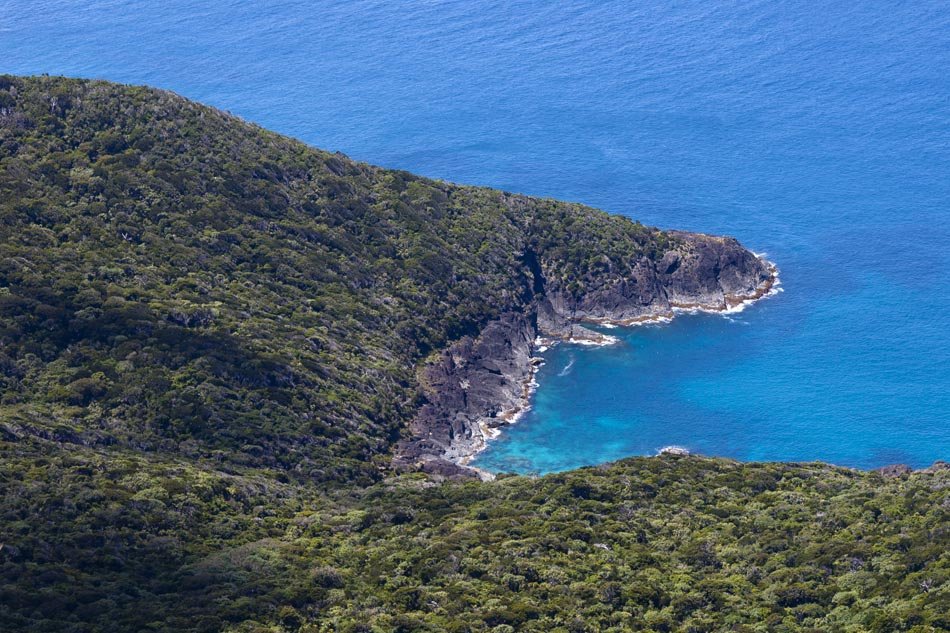
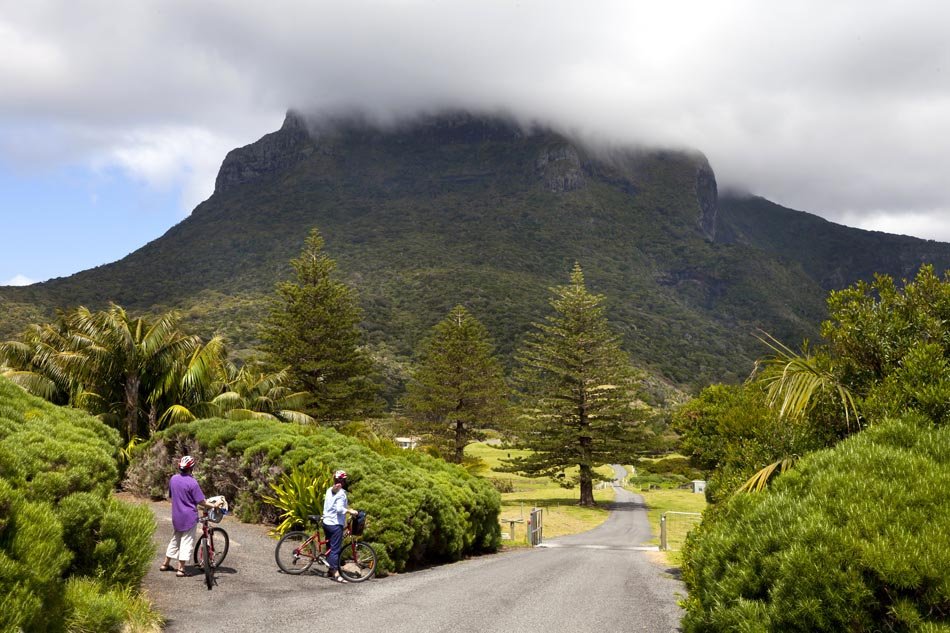
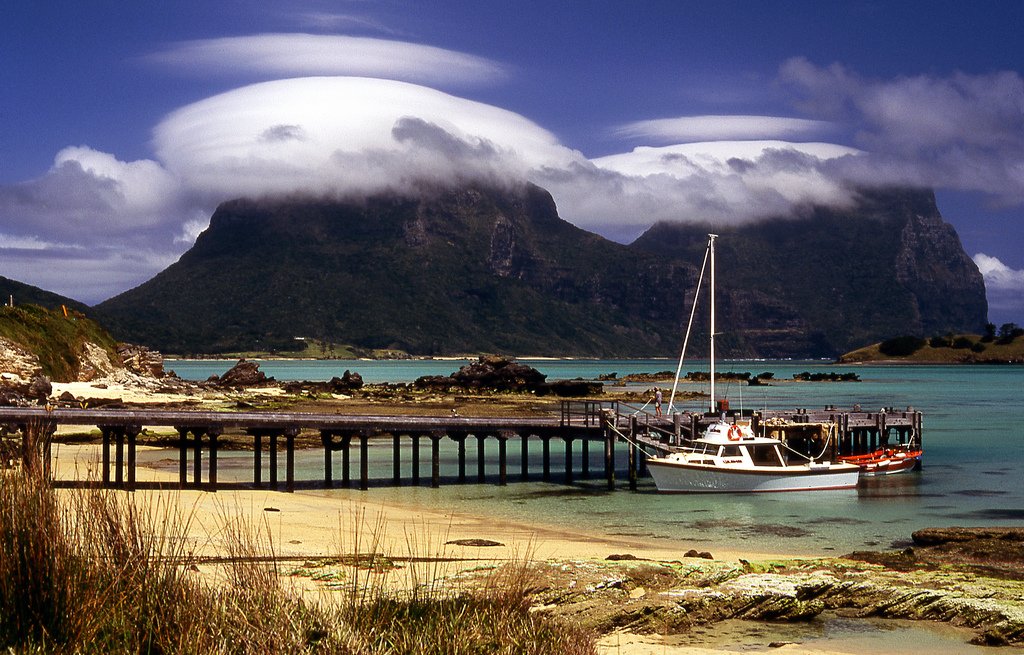
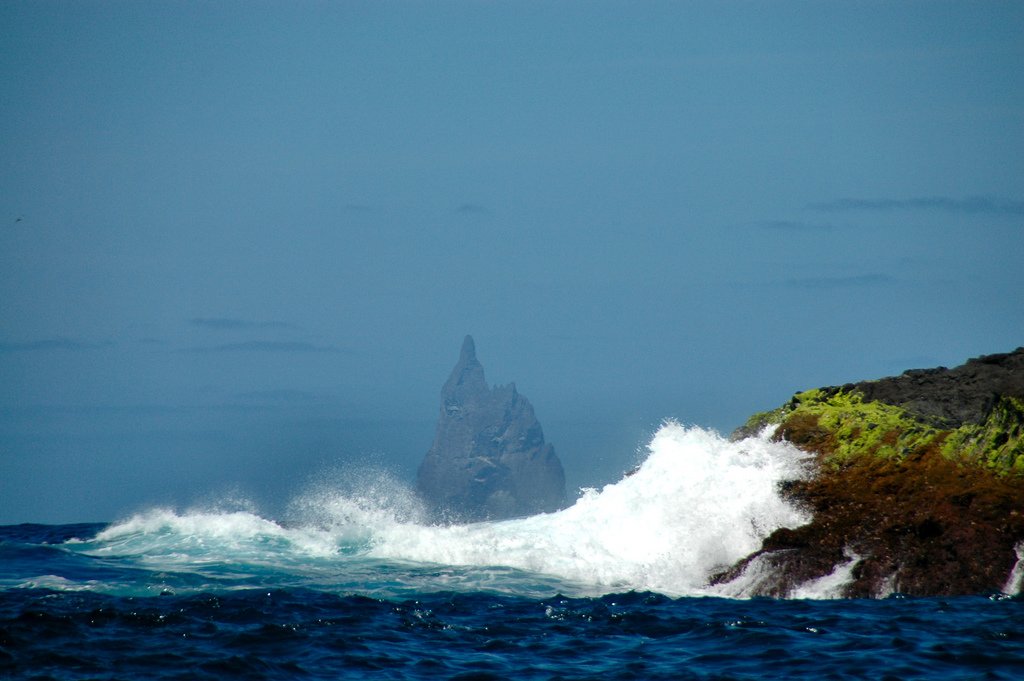
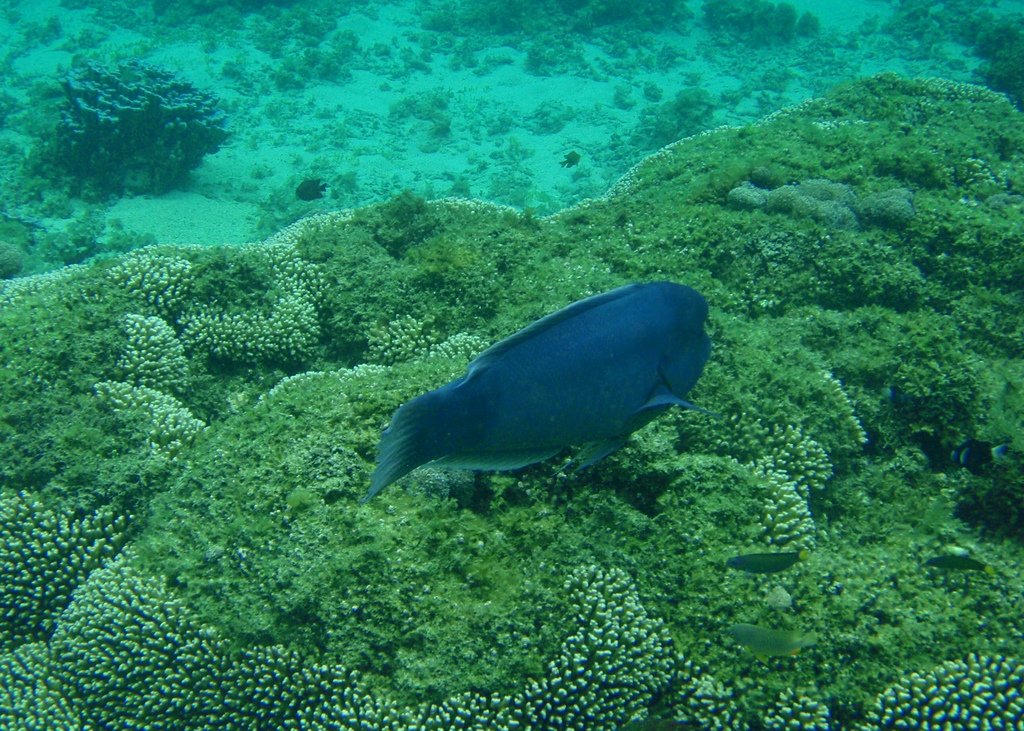
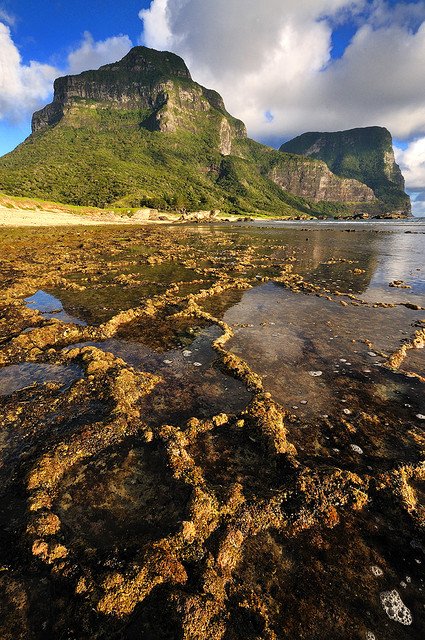
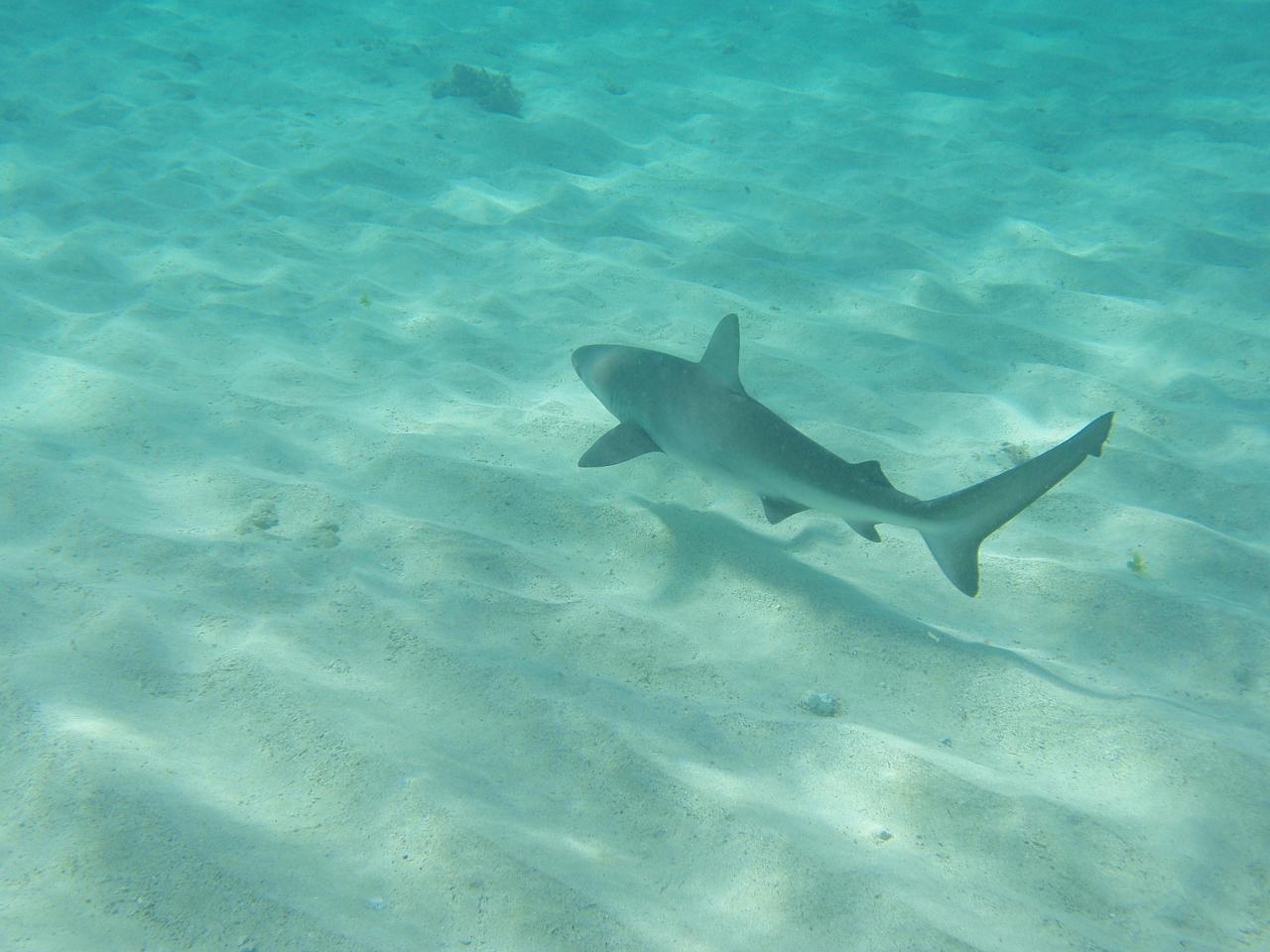
Video: Lord Howe
” title=”YouTube video player” frameborder=”0″ allow=”accelerometer; autoplay; clipboard-write; encrypted-media; gyroscope; picture-in-picture; web-share” allowfullscreen>Tourists
Lord Howe is stunning in its pure, unspoiled beauty. There are no overhead power lines or high-rise buildings, just fresh air filled with birdsong and mountains striving for the sky on all sides. A lush marine reserve and subtropical forest occupy most of the area. Lord Howe Island is a UNESCO World Heritage Site. And now you will find out why.
.The local village, on a single street, is home to about 350 people. No more than 400 tourists can stay on the island at a time, so you should book in advance. The best way to get around is by bicycle, as there are restrictions on the use of cars on the island. Also be prepared for the lack of cell phone service. Despite these inconveniences, Lord Howe deserves attention, because it will bring tourists a lot of unforgettable impressions. Escaping from the stresses of city life to a picturesque paradise in the lap of nature, you can enjoy modern comfort in local restaurants and hotels.
.
It’s worth strolling along the white-sand beaches, snorkeling in the azure lagoons of the world’s southernmost coral reef, or hiking to the top of Mount Gower through palm groves.
.The island’s reef is home to about 460 species of tropical fish and 90 species of coral. Lord Howe is considered one of the best places to snorkel or scuba dive, due to the fantastic marine life in the crystal clear waters. The island is a dream destination for scuba divers from all over the world, as you can see stunning fluorescent corals, girellas, angel fish, colorful parrot fish and more. The coast on the other side of Lord Howe attracts surfing and fishing enthusiasts. At low tide, you can feed the unintimidated fish right out of your hand at Ned’s Beach.
.
The volcanic mountains of Hoover and Lidgberd rise above the island. Accompanied by an instructor, you can climb Mt. Hoover in a day and then rope to the very top. You can also go on an easier but no less impressive journey through groves of hovey Forster to Malabar Hill, where the cliffs plunge into the ocean. And walk to Transit Hill and appreciate the magnificent panoramic views of the island, or go even further and Blinky Beach with its “champagne surf” will open up in front of you.”
.The island’s flora keeps pace with its fauna: 70 of the more than 200 plant species on the island are unique and found only here. You’ll find Norfolk pines on the lagoon shore, and lush ferns and usneas in the misty forest atop Mount Gower.
.
Lord Howe is also home to an endangered bird species, the flightless Lord Howe’s Wood Shepherd. You’ll also be amazed by the incredible backflips that male red-tailed phaetons use to lure their chosen females.
.
The perfect end to a busy trip is a delicious dinner: enjoy freshly caught fish under the shade of palm trees or delicacies of meat with locally produced vegetables and herbs in luxurious restaurants. And spend the night in a swanky hotel room overlooking the ocean.
.Island history and economy
Lord Howe Island was discovered on February 17, 1788, by a British ship commanded by Lieutenant Lidgberd, sailing with prisoners on board from . An important part of the island’s income is the export of seeds of the endemic palm tree, which grows nowhere else. It is popular as an ornamental plant. Tourism has given Lord Howe a second life. Starting in 1932, organized tours began to be taken to the island. Today, tourism is the backbone of the island’s economy, as this picturesque natural paradise is ideal for romantic getaways, active vacations with friends or relaxing family vacations. And when the morning sun illuminates the island, the green forests of Lord Howe seem to glisten like emeralds, framed by contrasting turquoise-blue waves.
